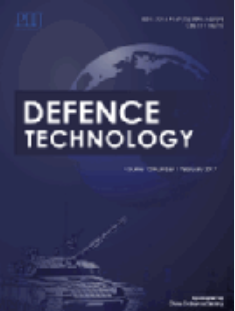Honeycomb-spiderweb-inspired self-similar hybrid cellular structures for impact applications
IF 5
Q1 ENGINEERING, MULTIDISCIPLINARY
引用次数: 0
Abstract
Inspired by nature's self-similar designs, novel honeycomb-spiderweb based self-similar hybrid cellular structures are proposed here for efficient energy absorption in impact applications. The energy absorption is enhanced by optimizing the geometry and topology for a given mass. The proposed hybrid cellular structure is arrived after a thorough analysis of topologically enhanced self-similar structures. The optimized cell designs are rigorously tested considering dynamic loads involving crush and high-velocity bullet impact. Furthermore, the influence of thickness, radial connectivity, and order of patterning at the unit cell level are also investigated. The maximum crushing efficiency attained is found to be more than 95%, which is significantly higher than most existing traditional designs. Later on, the first and second-order hierarchical self-similar unit cell designs developed during crush analysis are used to prepare the cores for sandwich structures. Impact tests are performed on the developed sandwich structures using the standard 9-mm parabellum. The influence of multistaging on impact resistance is also investigated by maintaining a constant total thickness and mass of the sandwich structure. Moreover, in order to avoid layer-wise weak zones and hence, attain a uniform out-of-plane impact strength, off-setting the designs in each stage is proposed. The sandwich structures with first and second-order self-similar hybrid cores are observed to withstand impact velocities as high as 170 m/s and 270 m/s, respectively.
用于冲击应用的蜂巢-蜘蛛网启发自相似混合蜂窝结构
本文章由计算机程序翻译,如有差异,请以英文原文为准。
求助全文
约1分钟内获得全文
求助全文
来源期刊

Defence Technology(防务技术)
Mechanical Engineering, Control and Systems Engineering, Industrial and Manufacturing Engineering
CiteScore
8.70
自引率
0.00%
发文量
728
审稿时长
25 days
期刊介绍:
Defence Technology, a peer reviewed journal, is published monthly and aims to become the best international academic exchange platform for the research related to defence technology. It publishes original research papers having direct bearing on defence, with a balanced coverage on analytical, experimental, numerical simulation and applied investigations. It covers various disciplines of science, technology and engineering.
 求助内容:
求助内容: 应助结果提醒方式:
应助结果提醒方式:


